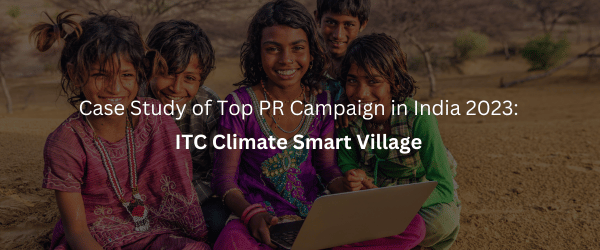The Power of Blogs
December 26, 201718 things that can make us sharper and smarter in 2018
January 20, 2018Word Of Mouth is the most powerful form of marketing. It builds brands, drives sales and sparks conversations, both consumer to consumer and consumer to brand. Word Of Mouth can be defined simply as any business action that earns a brand recommendation that says they deliver the best product in the category, provide a great customer experience and reward customer loyalty.
The five principles of Word of Mouth Marketing are:
Credible – Word Of Mouth is Honest and Authentic marketing messages from brand to customers and from Customers to customers
Respectful – Word Of Mouth is Transparent and trustworthy behaviour as it relates to privacy matters between brands and consumers.
Social – Word Of Mouth involves brands listening to, participating in, responding to and encouraging to conversations online and offline.
Measurable – Word Of Mouth is the ability to define, monitor and evaluate a program’s success
Repeatable – The ability to deliver on these principles over and over again in order for a business to become truly talkable brand. The reality is not every brand becomes talkable.
Three particular brands I would like to talk about that have built their market through Word of Mouth are:
- Starbucks
Starbucks decision to collaborate with India’s TATA Global Beverages shows a focus on leveraging multiple benefits. The TATA Group is one of India’s ethically driven brands, a perception that passed on about Starbucks India as well.
Starbucks has never been seen indulging in any traditional form of marketing. Starbuck has been very active online, extending their sense of community through social media channels. It is a preferred place for corporate coffee table meetings. To quote a personal experience I became a regular customer of Starbucks after my colleague told me that they give a free coffee voucher to random customers which I have been lucky to receive few times. I have made sure to pass on this information as well.
- OnePlus
The smartphone business is a cutthroat market at present, yet OnePlus has managed to leave its mark despite having a marketing budget of only $300 at the beginning. Initially the only way you could buy a OnePlus was by getting an invite from a person who has already bought it. This built Exclusivity and Demand. They ran provocative campaigns “Smash the Past” in which people would smash their smartphones to win a OnePlus One. They were transparent about criticisms and directly responded to fans whenever possible. They embraced the controversies surrounding their marketing tactics. These all lead to people spreading the word about how good OnePlus is at what they are doing.
3. iD Fresh
From selling snacks at age 10, PC Musthafa, a plantation worker’s son built a Rs. 100 crore food brand – iD Fresh. In one decade, ID Fresh has become the go-to brand for packaged dosa and idli batter. It is available in six Indian cities. The brand’s greatest strength is its emphasis on freshness and durability. The products are totally free of preservatives and chemicals. iD fresh follows the ‘grandmother’s recipe’ philosophy and follows the homemade recipes aided by equipment. This old world charm has helped iD find a place in homes and hearths. To quote PC Musthafa – “I believe that if the right product is packaged well and accompanied by good service, people will use and recommend the product to others”. The company has largely been dependent upon the word-of-mouth publicity. “We are a fresh, natural brand – we will always be so” – says Musthafa.
The power of Word Of Mouth would only increase as people become more interconnected through social media.
– Julia Joseph
 Julia is a part of Class of 2018 of the Post Graduate Programme in Public Relations at SCoRe. She is a Master’s Degree in English Literature, and has worked with The Promise Foundation of PR prior to joining SCoRe. She can be reached at @TheJuliaJoseph on Twitter and as here on LinkedIn.
Julia is a part of Class of 2018 of the Post Graduate Programme in Public Relations at SCoRe. She is a Master’s Degree in English Literature, and has worked with The Promise Foundation of PR prior to joining SCoRe. She can be reached at @TheJuliaJoseph on Twitter and as here on LinkedIn.




